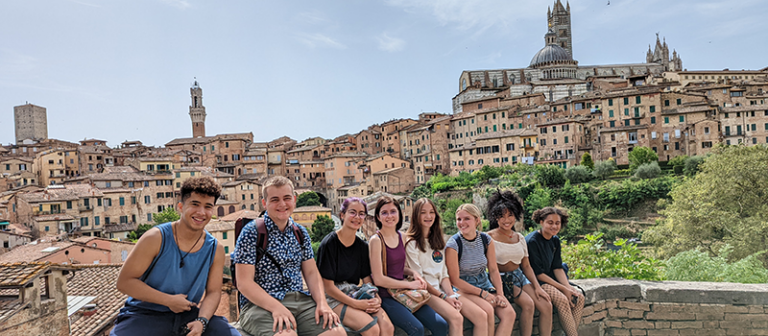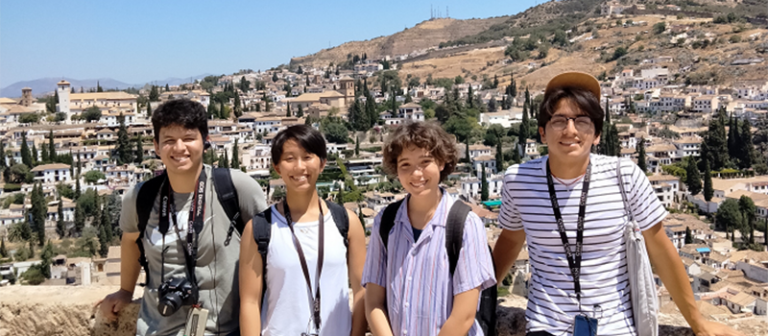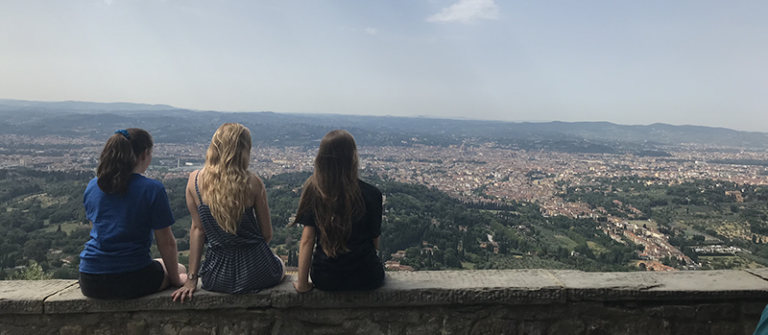High School Study Abroad
CET supports learners of all ages in their pursuit of international education. High school students are able to pursue virtual language training and options for their gap year with CET. And if you’re an educator, you can partner with CET to offer high school custom programs just for your students.

Explore gap opportunities
CET offers opportunities for gap students to study abroad, earn college credit, intern, and learn about themselves. Study with CET for all or part of your gap year.
Virtual language training
Take advantage of CET’s 40+ years of intensive language training…from home. Study Chinese or Arabic with a CET instructor and customize what you learn.

Resources for educators
Are you a secondary education teacher or administrator? Learn how to connect with CET to offer custom programs for your students, how CET’s gap opportunities can serve your students, and download information about CET.

Pre-college transcripts
If you completed a CET pre-college summer program, you received a CET grade report and an official Dickinson College transcript upon completion of the program. Credit transfer to high schools or other US colleges and universities is at the discretion of each institution.
Upon request, and for a fee, Dickinson College will send an additional official copy of the transcript to your high school and/or any college you designate.